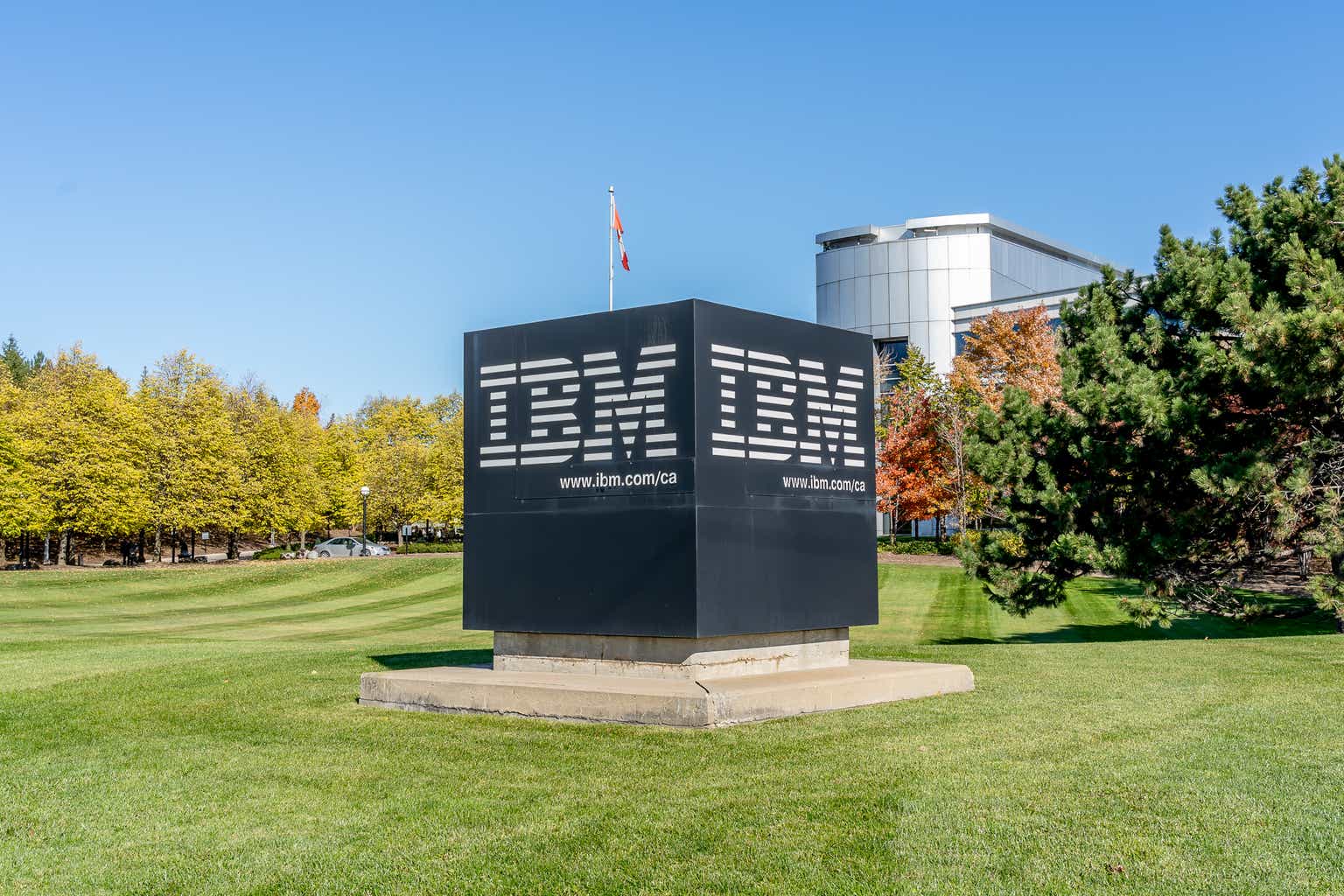
Financial pressures may be a fact of life nowadays, but there’s no indication they’ll be putting consumers off shopping this holiday season. Quite the opposite. Compared to this time last year, a large majority of consumers plan to spend the same or more shopping for gifts, according to Accenture’s Annual Holiday Shopping Survey.
That’s the good news. Less encouraging? They’re becoming increasingly confused by the flood of offers and promotions coming their way. Overwhelmed by choice, 85% of shoppers (as many as 91% of millennials) say they’re likely to walk away from purchases altogether due to frustration or indecision.
An outstanding opportunity within reach
For brands and retailers, this all adds up to an outstanding opportunity to stand out from competitors, build trust with consumers and boost sales.
And this year, gen AI tools provide part of the solution. By enabling curated, personalized recommendations, they can take a lot of the noise out of the online shopping journey, help to build shopper confidence and facilitate purchasing.
The data backs this up. In preparation for Black Friday, 46% of US shoppers plan to use conversational or gen AI tools, with 66% of consumers having used them in the last three months (vs 39% in last year’s survey).
Deck the malls
But the in-store experience is just as crucial. That’s because physical stores can play a key part in offsetting shoppers’ stress and providing what they really want: helpful answers and expert assistance, along with the ability to handle and test products before they buy them.
While gen AI can help narrow choices, stores offer in-person interaction, curated displays and a festive experience that tech can’t match. Four in 10 consumers are turning to stores for clarity, inspiration and the chance to connect with people.
Stores have the experiential advantage
As e-commerce increasingly dominates for convenience purchases, retailers are rethinking their store strategies to make physical spaces more than just transactional hubs.
Consumers expect more than shelves of products. They want environments that engage their senses and emotions. Retailers are responding by transforming their stores into immersive experience-driven environments.
Just look at how Rituals turned some of its stores into wellness sanctuaries with in-store spas, or how Canada Goose offers “Cold Rooms” where customers can test outerwear in simulated harsh climates. Meanwhile, mattress retailer Casper has set out to create calming, restful stores that embody the spirit of the brand – and inspire good-looking user-generated content.
The power of local
In another growing trend, brands and retailers are designing stores as social and community hubs where people gather for events, workshops, and entertainment.
This often means going smaller, more local, and more closely tied to the community. In doing so, they’re able to gain new insights into where their brand sits within each different catchment area by leveraging data on foot traffic, sales, and customer demographics.
Ikea, for example, introduced a variety of format stores so people can access the IKEA range in the areas ‘where they live, move and work.’ These range from time-limited pop-ups to small stores dubbed “IKEA shops,” that focus on a locally adapted segment of the IKEA range and carry items for immediate take-away, to its iconic big blue stores.
Other examples include shopping centres featuring food halls, music venues, and cultural activities that foster community engagement. In the UK, the Brunswick Centre in London blends retail with cultural programming and community workshops (gardening, art) so that users are drawn in for more than just consumption.
Physical stores also play a critical role in buy-online-pick-up-in-store (BOPIS), returns, and same-day delivery, making them strategic assets in omnichannel retail. BOPIS isn’t just a fulfilment convenience. Retailers are also using it as a channel to bring customers into stores to drive additional sales.
Strategies for holiday season success
So how can brands and retailers fine-tune their stores for the holiday season? The top priority should be investing in in-store experiences – with an emphasis on ambience, exclusivity and easy returns.
As the holiday season approaches, stores can become increasingly stressful places. But it doesn’t have to be that way. Instead, retailers need to evolve their stores into dynamic spaces that inspire, advise, fulfil and offer respite for shoppers.
Retailers should integrate digital storytelling, guided discovery and intelligent checkout into every floor plan.
Memory-making moments that last
In a season routed in nostalgia, retailers can take heart that despite financial pressures, shoppers are still planning to treat themselves and others, with many planning to visit bricks-and-mortar stores for human connection, inspiration and to soak up the festive ambience. These are memory making moments that have potential to last well beyond the holidays. By taking thoughtful steps to help shoppers find real value and supporting experiences that feel good in-store and online, retailers have an opportunity to turn holiday shopping into what it’s meant to be: a rewarding experience for consumers, employees and organizations alike.
The opinions expressed in Fortune.com commentary pieces are solely the views of their authors and do not necessarily reflect the opinions and beliefs of Fortune.















